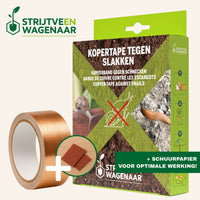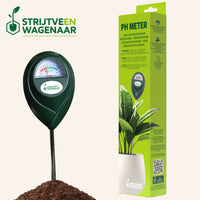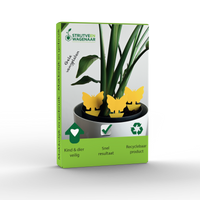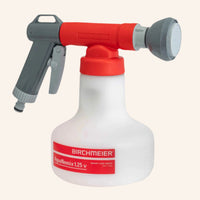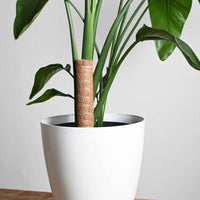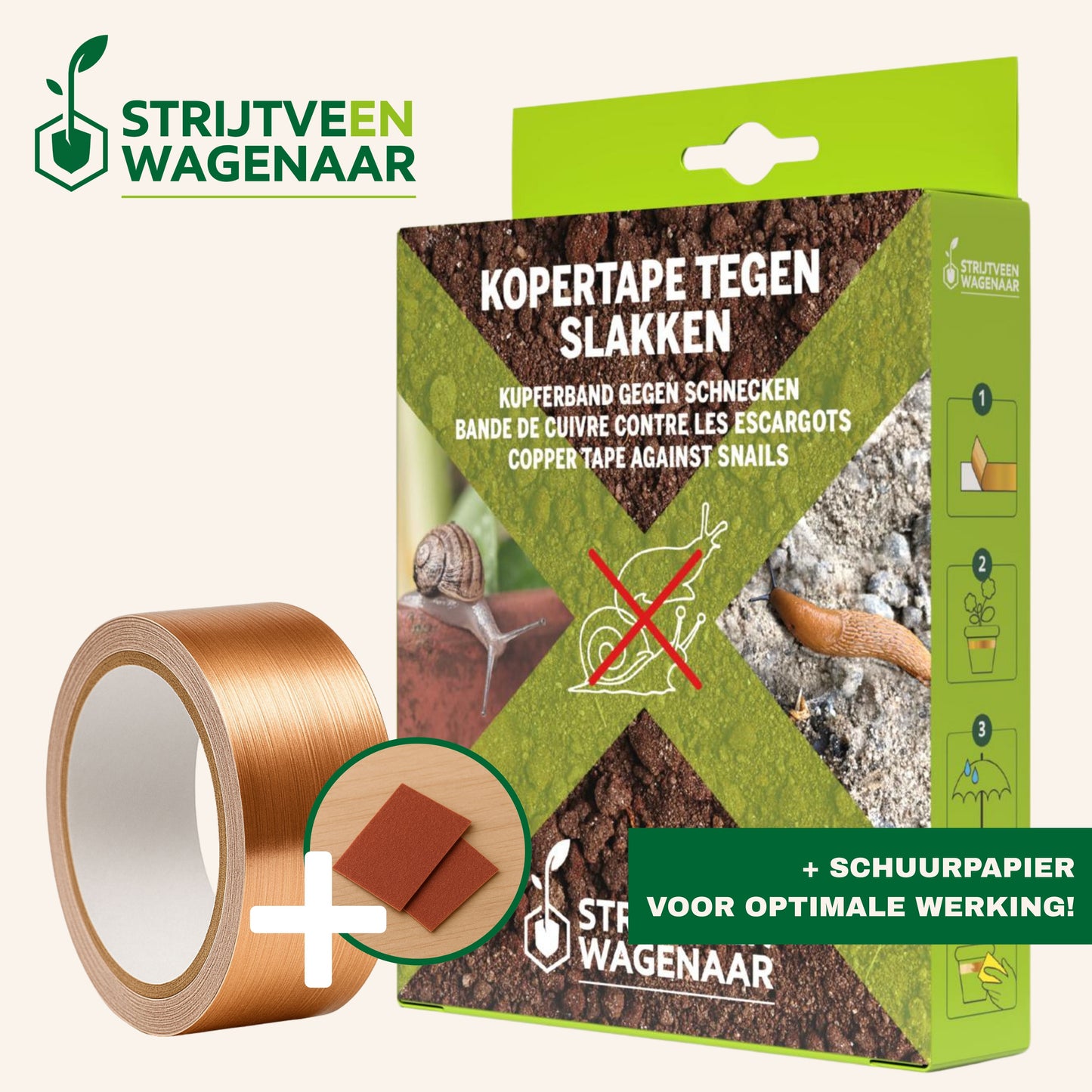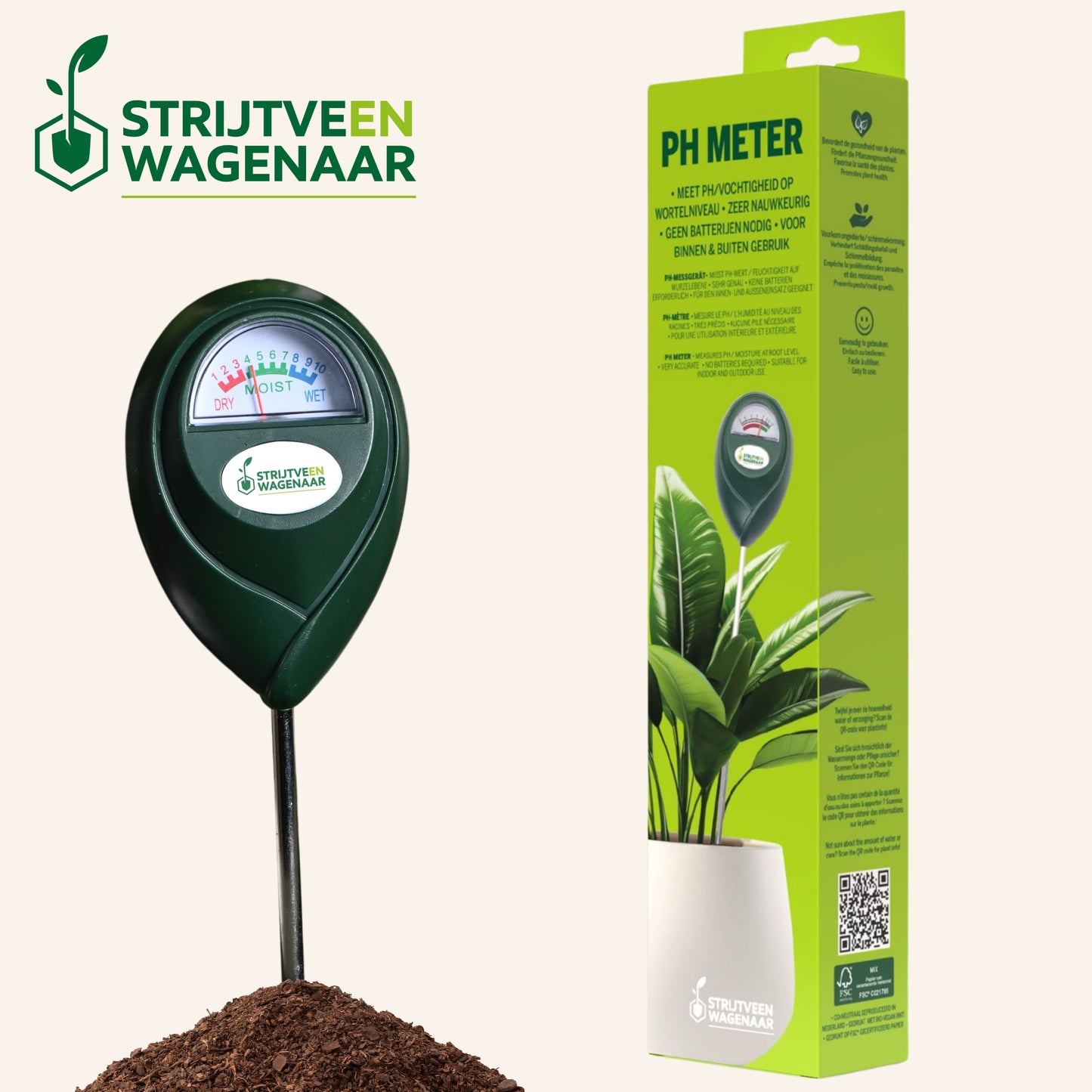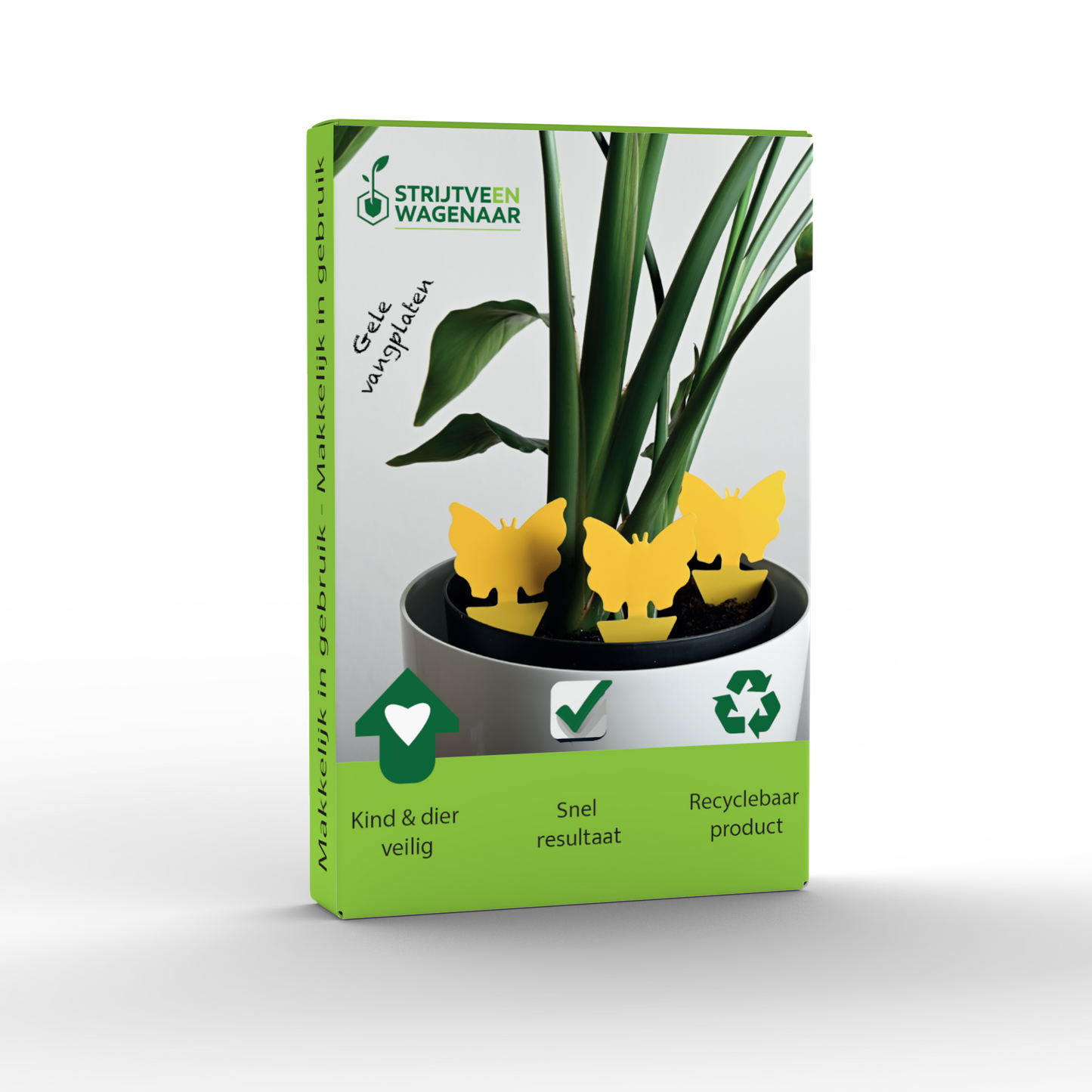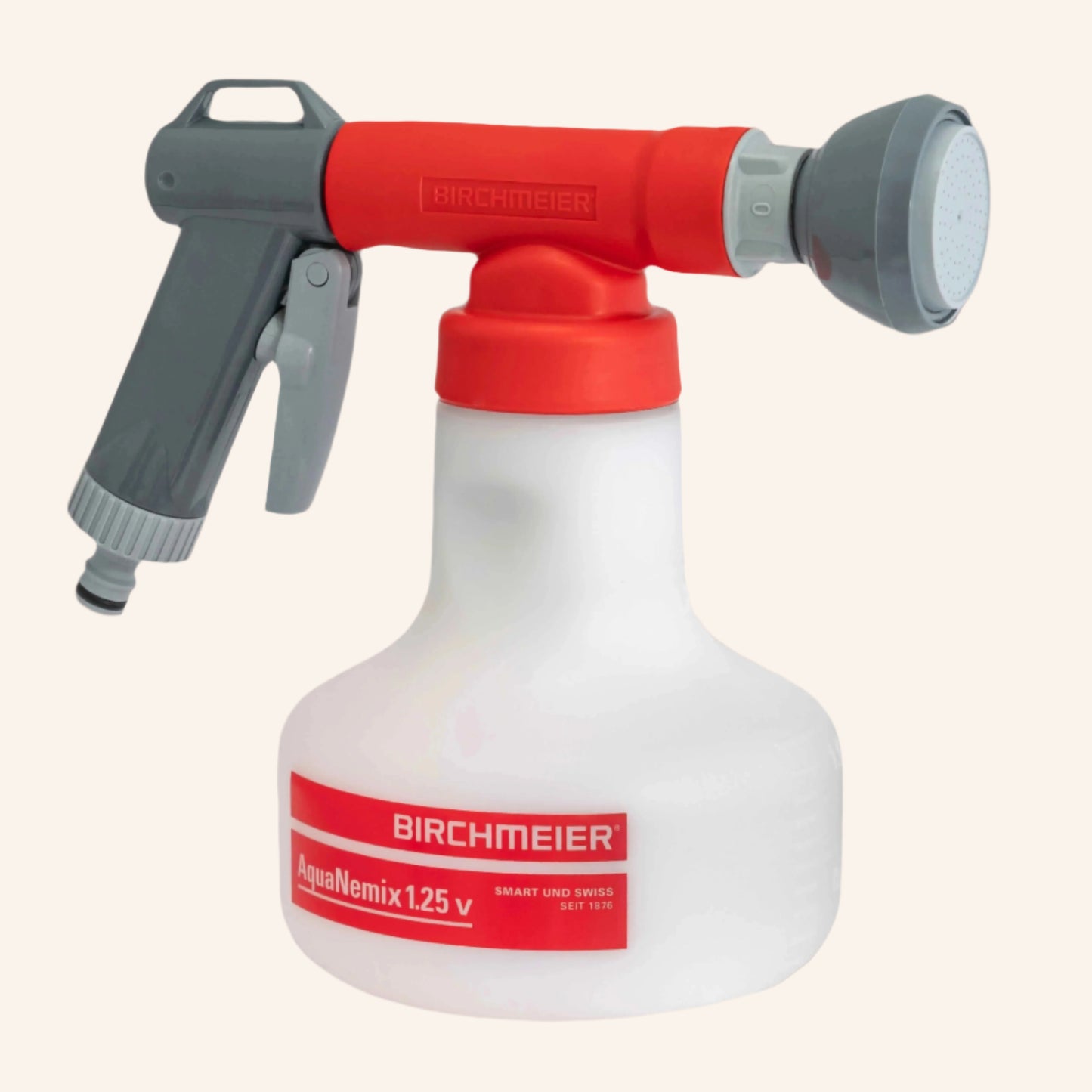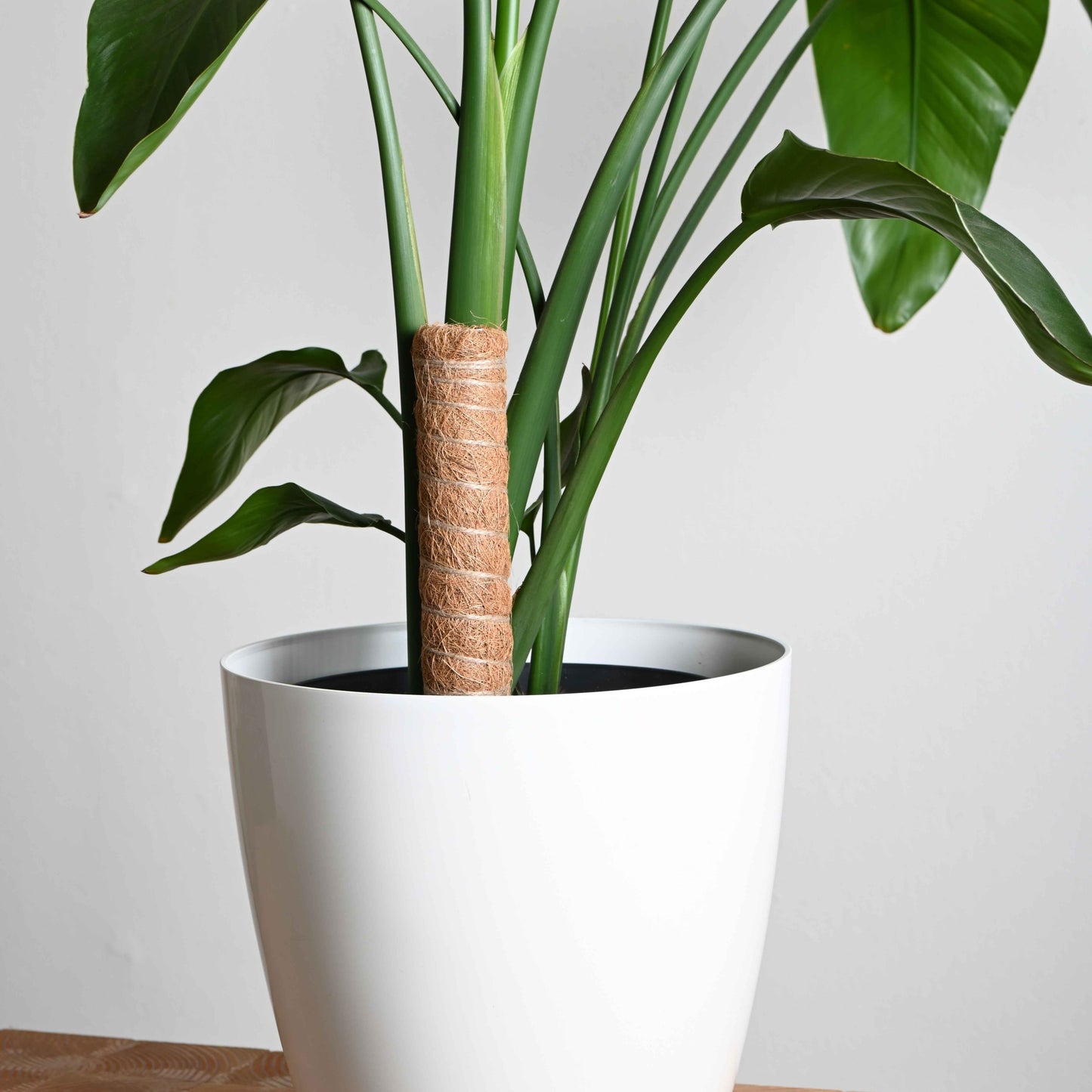
A green, healthy garden is something to be proud of, but the vine weevil (also known as the grooved vine weevil ) can really wreak havoc. Both the adult beetle and its larvae cause damage: the beetle eats leaves, while the larvae gnaw at roots underground. Boxwood, rhododendron, and yew are particularly vulnerable. Fortunately, you can recognize this pest in time and tackle it with natural remedies. In this blog post, you'll learn how to outsmart the vine weevil and keep your plants healthy. This way, your garden stays strong, green, and balanced!
How do yew beetle infestations occur in your garden?
Yew weevils are attracted to sheltered areas with abundant vegetation. The adult beetle feeds on leaves at night, leaving telltale bites along the edges. Meanwhile, the larvae live underground, feeding on plant roots. This combination makes them particularly treacherous.
Curious how long yew beetles and their larvae remain active? We explain it in our blog post about the life cycle of the yew beetle .
Do you have a lot of potted plants, dense borders, or plants like yew, rhododendron, or hydrangea? Then there's a greater chance that vine weevils will nest there. Their numbers can increase significantly, especially during warm summers or mild winters. And before you know it, you'll have damage both above and below ground.
How can you prevent yew beetles?
Prevention is always better than cure. By managing your garden wisely, you can significantly disrupt the vine weevil's habitat. Here are a few things you can do to make your plants less attractive to this beetle and its larvae.
Keep the soil airy and alive
The larvae of the yew weevil thrive in compact, moist potting soil or poorly drained garden soil. Therefore, use airy, well-draining soil and regularly incorporate compost or lava grit to stimulate soil life.
Check potted plants regularly
Yew weevils often nest in pots and containers, where the larvae can attack the roots without you noticing. Remove pots from their original location occasionally, check for larvae in the soil, and replace old potting soil, preferably every season.
Choose varied planting
Monocultures in borders or rows of the same plant species attract beetles more quickly. By combining different plant species, you reduce the risk of pests and promote the natural balance in the garden.
These plants help or not
Not every plant is equally attractive to the vine weevil. Some species are real favorites, especially those with succulent leaves or delicate roots. Other plants they simply ignore. By making smart choices in your garden, you can prevent unnecessary damage.
Plants that attract yew beetles
- Yew , boxwood and rhododendron are classics that both beetles and larvae love
- Hydrangeas are often eaten at the leaf edges by adult beetles
- Heuchera (coral bells) has soft roots and leaves that are attractive to larvae and beetles
Plants that keep yew beetles at bay
- Ferns and grasses have a stiff structure and are usually left alone
- Lavender and sage are fragrant plants that beetles do not like
- Ornamental onion (Allium) and other onion-like plants seem unattractive to the yew beetle and help increase diversity in your border
Grandma knows best: combating yew beetles
Time for the classics. Your grandma might not have had internet access, but she did know how to deal with garden pests. Here are her tried-and-true remedies for the yew weevil.
Putting cups in the ground
Yew weevils emerge at night. By placing upside-down flower pots or half-shaped earthenware cups on the ground, they crawl under them during the day. You can then easily trap and remove them.
Move plants regularly
Yew weevil larvae often inhabit pots. By regularly moving pots and replacing old potting soil, you disrupt their habitat. It also helps to place a layer of lava grit or hydro pebbles in the bottom of the pot.
Clearing out hiding places
Yew weevils like to hide under leaves, stones, or loose garden debris. Keep the area around your plants tidy and remove cluttered corners. This will give them less opportunity to hide during the day.
Make it difficult for them with rough surfaces
Beetles have a problem with sharp or granular structures. A rim of lava grit, gravel, or eggshells around your plants makes it unpleasant for them to crawl over.
Natural enemies of yew beetles
A healthy garden is self-sustaining. Yew beetles and their larvae are prey for natural enemies that restore balance to your garden. By creating the right conditions, you give these helpers plenty of room. Read our tips for increased biodiversity .
Ground beetles
Ground beetles and their larvae hunt insect larvae underground, including those of the vine weevil. They prefer loose soil with hiding places such as leaves, mulch, or stones.
Hedgehogs and birds
Hedgehogs, blackbirds, and thrushes love to eat insects, especially the adult vine weevil. Creating a shelter for hedgehogs and adding some shrubs or water to your garden is an easy way to attract these creatures.
Nematodes
Nematodes against vine weevils are microscopic worms that you spread over the soil with water. They seek out the vine weevil larvae and eliminate them from the inside. This natural method works effectively, safely, and completely underground.
In short: this is what you can do against yew beetles
Yew weevils can cause considerable damage, both above and below ground. Fortunately, there's a lot you can do to prevent them: use airy potting soil, check potted plants regularly, and choose strong, diverse plantings. Remove hiding places, attract natural predators like hedgehogs, birds, and ground beetles, and avoid chemicals. Want to take targeted action? Nematodes are a safe and effective way to combat the larvae. This way, you protect your plants and keep your garden healthy and balanced.
